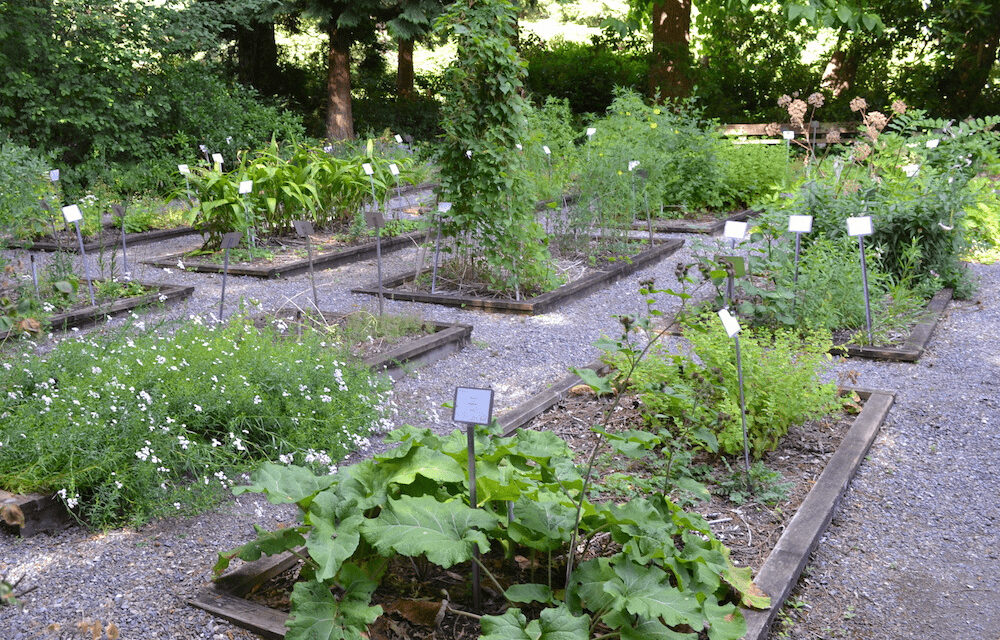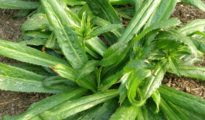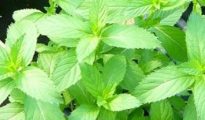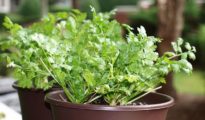In our modern society, where stress and ailments are prevalent, more and more people are turning to natural remedies for promoting health and well-being. Among these remedies, the cultivation of medicinal herb gardens has gained significant popularity. These gardens not only offer visual beauty but also provide a plethora of healing properties. In this blog post, we will delve into the healing power of herbaceous plants and provide you with a comprehensive guide to creating your very own medicinal herb garden.
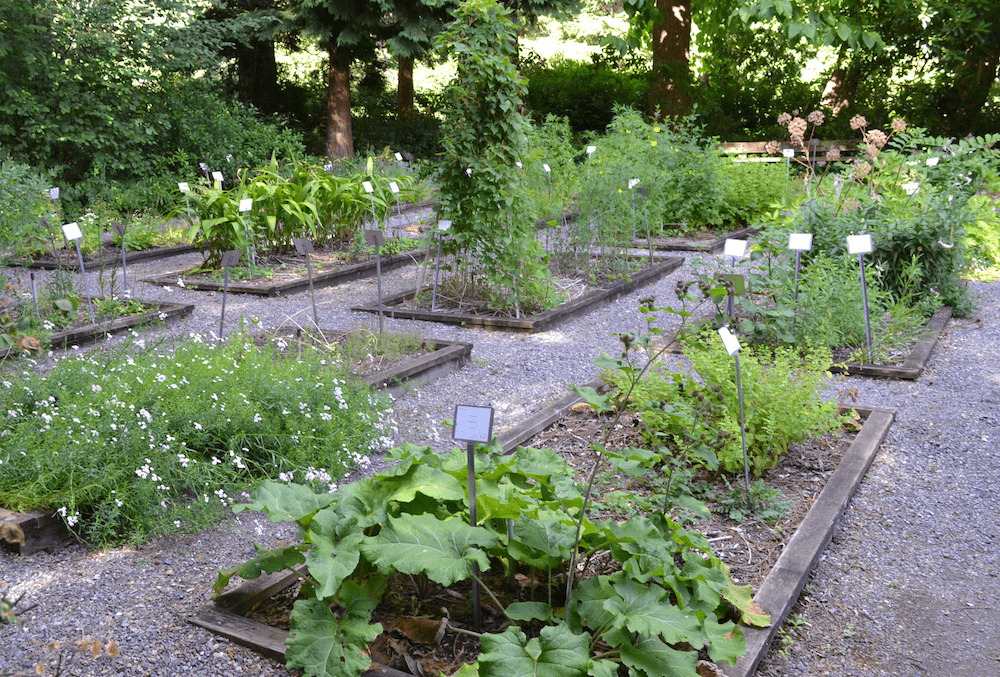
Understanding Medicinal Herb Gardens
A medicinal herb garden is a purposefully designed space dedicated to growing plants with medicinal properties. For centuries, different cultures around the world have utilized these gardens to tap into nature's healing potential. Medicinal herbs offer a holistic approach to wellness, capable of soothing skin irritations, alleviating digestive issues, and boosting the immune system.
Choosing the Right Herbs
When planning your medicinal herb garden, it is crucial to select herbs that cater to your specific health needs. Here are some commonly cultivated herbs and their respective medicinal benefits:
- Lavender: Renowned for its calming properties, lavender aids in reducing anxiety and promoting relaxation. It also possesses antiseptic and anti-inflammatory properties.
- Chamomile: A gentle herb often used for its calming effects, chamomile assists in digestion, relieves insomnia, and soothes skin irritations.
- Echinacea: This herb is famous for its immune-boosting properties, helping to prevent and alleviate symptoms of the common cold and flu.
- Peppermint: With its refreshing aroma and taste, peppermint is widely used to ease digestion, relieve headaches, and soothe muscle pain.
- Aloe Vera: A succulent plant with incredible healing properties, aloe vera is commonly employed in treating burns, sunburns, and skin irritations.
- Calendula: Vibrant in appearance, calendula possesses potent anti-inflammatory and antiseptic properties, making it ideal for soothing skin conditions, cuts, and wounds.
Designing Your Medicinal Herb Garden
Creating a well-designed herb garden ensures convenient access to your plants while adding beauty and harmony to your outdoor space. Consider the following tips:
- Location: Choose a spot that receives ample sunlight, ideally six to eight hours a day. Most medicinal herbs thrive in full sun, although some can tolerate partial shade.
- Soil: Ensure the soil is well-draining and rich in organic matter. Improving soil fertility can be achieved by adding compost or well-rotted manure.
- Companion Planting: Certain herbs have natural affinities and can benefit from being planted together. For instance, rosemary can repel pests when grown alongside cabbage or carrots.
- Container Gardening: If you have limited space, consider growing herbs in containers. This allows for flexibility and mobility as you can move them around to optimize sunlight exposure.
- Watering and Maintenance: Regular watering is crucial for herb growth, but avoid overwatering as it can lead to root rot. Pruning and harvesting herbs regularly promote healthy growth and ensure a bountiful supply.
Harvesting and Utilizing Medicinal Herbs
Knowing when and how to harvest medicinal herbs is vital to harness their potency. Here are some general guidelines:
- Timing: Harvest herbs when they are at their peak, typically just before they flower. Early morning, after the dew has dried, is the ideal time for harvesting.
- Techniques: Utilize clean and sharp pruners or scissors to cut the herbs. Harvest leaves, flowers, or stems, depending on the plant part that contains the desired medicinal properties.
- Drying and Storage: Dry harvested herbs in a well-ventilated area away from direct sunlight. Once dried, store them in airtight containers in a cool, dark place to maintain their potency.
Cultivating a medicinal herb garden offers an opportunity to connect with nature's healing powers and take control of your well-being. By carefully selecting the right herbs, designing an optimal garden layout, and mastering the art of harvesting and utilizing these plants, you can embark on a journey of self-care and natural healing. So, why not create your own medicinal herb garden today and embrace the wonders of herbaceous plants?

